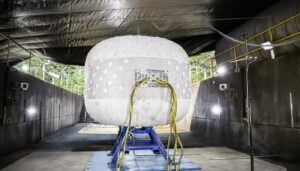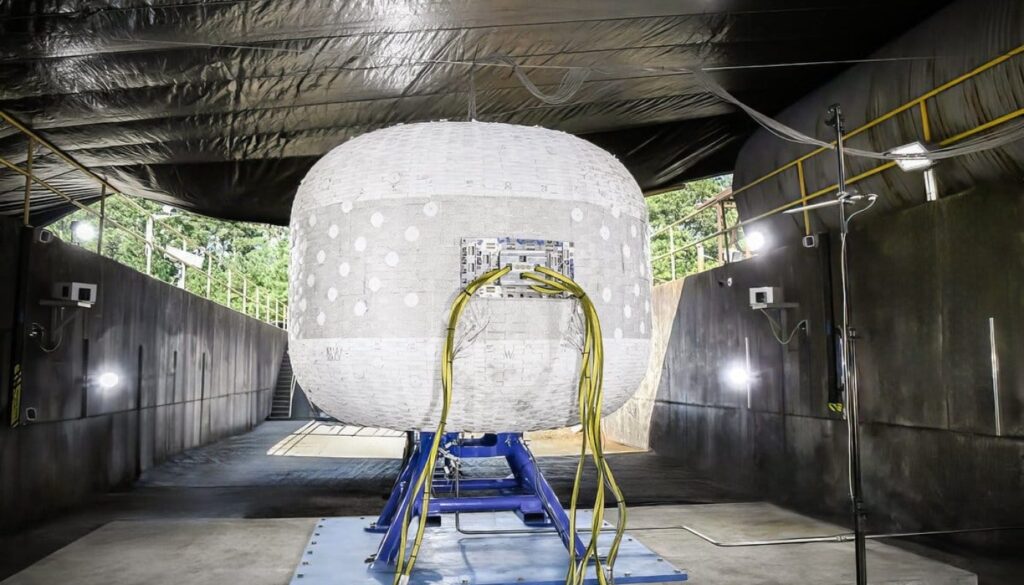New milestones despite tricky boulders
Friday, 22 September 2023 06:19 For the past couple of planning sols, Perseverance has been working on a complex navigation out of a boulder field on one of the lobes on top of the fan. The engineering team planned specific maneuvers and utilized Perseverance's autonomous navigation capabilities to navigate around and eventually out of the boulder field.
This drive took Perseverance to Mandu Wall, part of the margin carb
For the past couple of planning sols, Perseverance has been working on a complex navigation out of a boulder field on one of the lobes on top of the fan. The engineering team planned specific maneuvers and utilized Perseverance's autonomous navigation capabilities to navigate around and eventually out of the boulder field.
This drive took Perseverance to Mandu Wall, part of the margin carb On the up and up, the view just keeps getting better: Sols 3953-3954
Friday, 22 September 2023 06:19 Earth planning date: Monday, September 18, 2023: Coming in to planning today, we were greeted with another spectacular view back down Mt. Sharp and the distant crater rim visible through the haze (see the image). I am the TUL (Tactical Uplink Lead) today, but my trainee Kathryn is doing most of the work. We are continuing to drive southeast toward our next drilling location. In addition to conta
Earth planning date: Monday, September 18, 2023: Coming in to planning today, we were greeted with another spectacular view back down Mt. Sharp and the distant crater rim visible through the haze (see the image). I am the TUL (Tactical Uplink Lead) today, but my trainee Kathryn is doing most of the work. We are continuing to drive southeast toward our next drilling location. In addition to conta Reading the Rocks: The Importance of the Margin Carbonate Unit on Mars
Friday, 22 September 2023 06:19 After more than two and a half years of driving and exploring, Perseverance is closing in on an eagerly anticipated destination: the margin carbonate unit. The Mars 2020 scientists have been buzzing with excitement this past week as Perseverance makes its final approach towards a special rock unit that played a pivotal role in selecting Jezero as the landing site for exploration. Located in a na
After more than two and a half years of driving and exploring, Perseverance is closing in on an eagerly anticipated destination: the margin carbonate unit. The Mars 2020 scientists have been buzzing with excitement this past week as Perseverance makes its final approach towards a special rock unit that played a pivotal role in selecting Jezero as the landing site for exploration. Located in a na Historic NASA asteroid mission set for perilous return
Friday, 22 September 2023 06:19 NASA's first mission to retrieve an asteroid sample and return it to US soil is expected to reach a perilous finale on Sunday with a descent into the Utah desert.
Scientists hope the material - possibly the most ever retrieved by such a mission - will provide humanity with a better understanding on the formation of our solar system and how Earth became habitable.
The US space probe OSI
NASA's first mission to retrieve an asteroid sample and return it to US soil is expected to reach a perilous finale on Sunday with a descent into the Utah desert.
Scientists hope the material - possibly the most ever retrieved by such a mission - will provide humanity with a better understanding on the formation of our solar system and how Earth became habitable.
The US space probe OSI NASA report looks at societal considerations for Artemis
Friday, 22 September 2023 06:19 NASA's Artemis missions have far-reaching scientific and exploratory goals, and a new report seeks to foster discussion about how the agency can make such dramatic progress in a way that takes ethical and societal considerations into account.
NASA will set precedents for decades to come as it implements Artemis activities, including landing the first woman and first person of color on the
NASA's Artemis missions have far-reaching scientific and exploratory goals, and a new report seeks to foster discussion about how the agency can make such dramatic progress in a way that takes ethical and societal considerations into account.
NASA will set precedents for decades to come as it implements Artemis activities, including landing the first woman and first person of color on the Hidden ocean the source of CO2 on Jupiter moon
Friday, 22 September 2023 06:19 Carbon dioxide detected on Jupiter's moon Europa comes from the vast ocean beneath its icy shell, research using James Webb Space Telescope data indicated on Thursday, potentially bolstering hopes the hidden water could harbour life.
Scientists are confident there is a huge ocean of saltwater kilometres below Europa's ice-covered surface, making the moon a prime candidate for hosting extra-t
Carbon dioxide detected on Jupiter's moon Europa comes from the vast ocean beneath its icy shell, research using James Webb Space Telescope data indicated on Thursday, potentially bolstering hopes the hidden water could harbour life.
Scientists are confident there is a huge ocean of saltwater kilometres below Europa's ice-covered surface, making the moon a prime candidate for hosting extra-t Webb finds carbon source on surface of Jupiter's moon Europa
Friday, 22 September 2023 06:19 Jupiter's moon Europa is one of a handful of worlds in our Solar System that could potentially harbour conditions suitable for life. Previous research has shown that beneath its water-ice crust lies a salty ocean of liquid water with a rocky seafloor. However, planetary scientists had not confirmed whether or not that ocean contained the chemicals needed for life, particularly carbon.
Astr
Jupiter's moon Europa is one of a handful of worlds in our Solar System that could potentially harbour conditions suitable for life. Previous research has shown that beneath its water-ice crust lies a salty ocean of liquid water with a rocky seafloor. However, planetary scientists had not confirmed whether or not that ocean contained the chemicals needed for life, particularly carbon.
Astr True Anomaly gets $17 million Space Force contract for space domain awareness software
Friday, 22 September 2023 00:18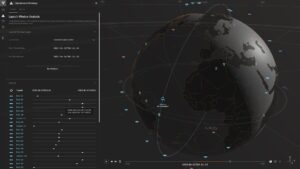
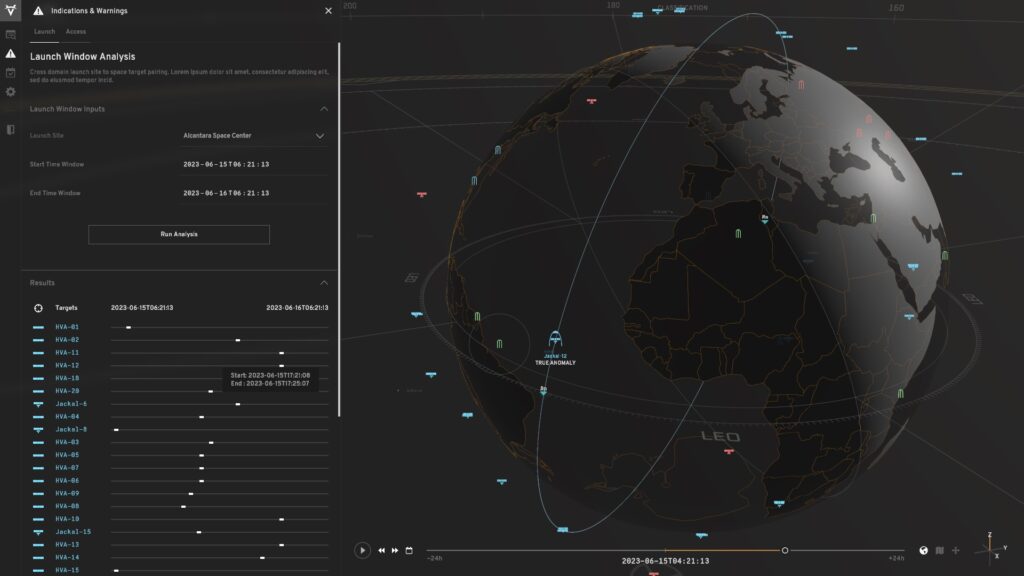
NASA Mars Sample Return budget and schedule “unrealistic,” independent review concludes
Thursday, 21 September 2023 23:55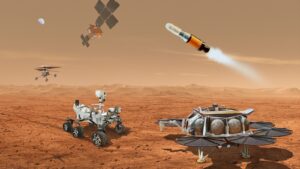
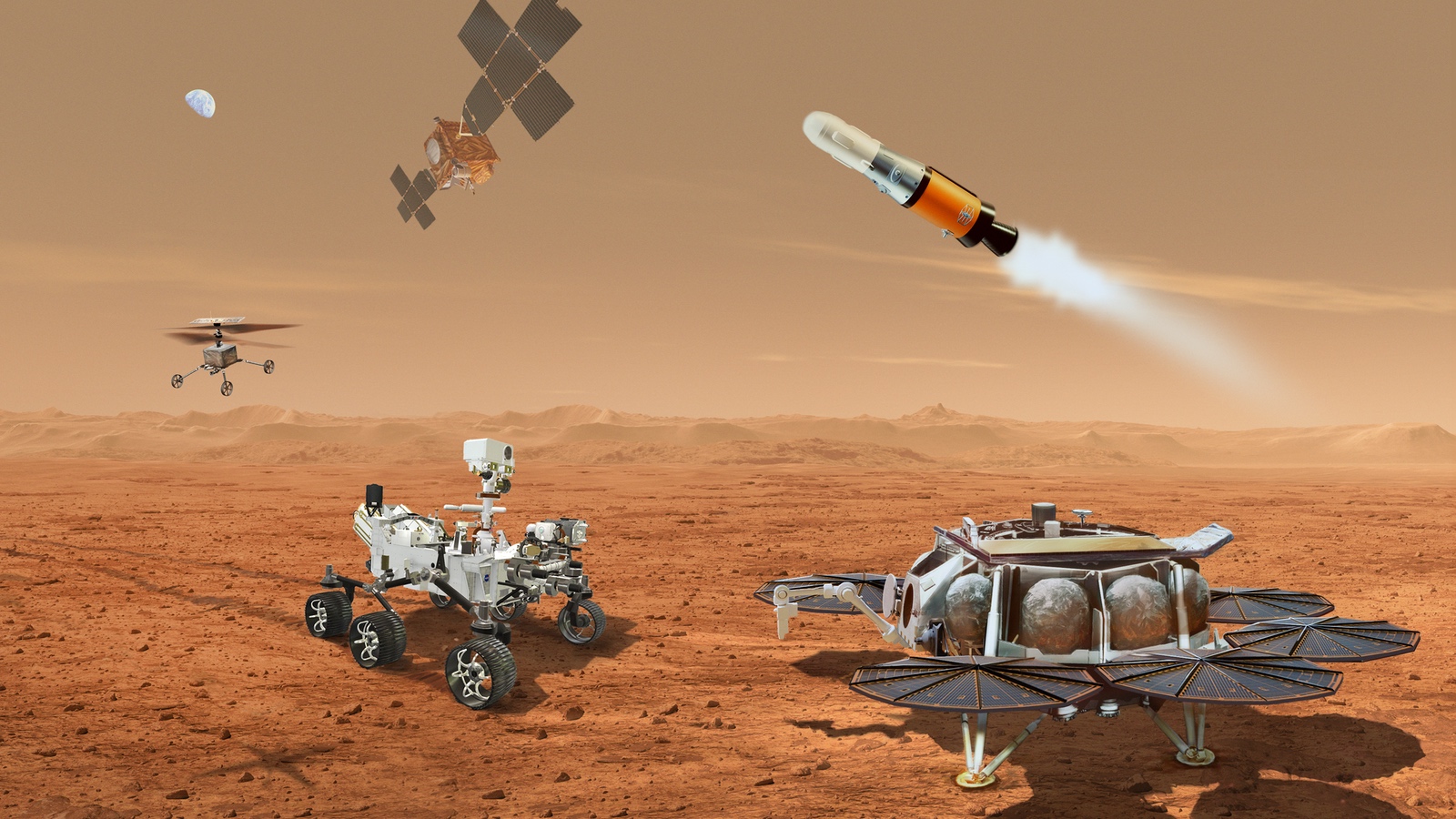
Researchers ready NASA's SPHEREX space telescope for 2025 launch
Thursday, 21 September 2023 19:18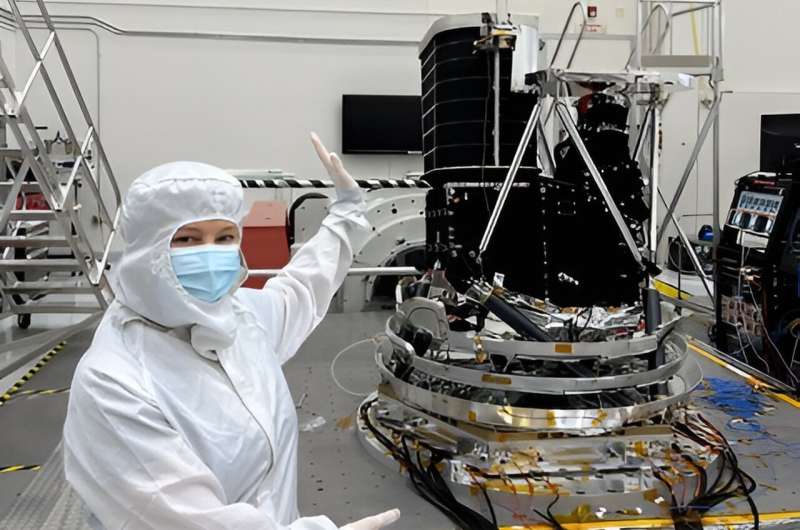
NASA's SPHEREx space telescope has been tucked inside a custom-built chamber on and off for the past two months undergoing tests to prepare it for its two-year mission in space. SPHEREx, which stands for Spectro-Photometer for the History of the universe, Epoch of Reionization and Ices Explorer, is set to launch into orbit around Earth no later than April 2025.
It will map the entire sky in infrared wavelengths of light, capturing not only images of hundreds of millions of stars and galaxies but spectra for these objects as well. Spectra are created by instruments that break apart light into a rainbow of wavelengths, revealing new details about a cosmic object's composition, distance, and more.
NASA's Atmospheric Waves Experiment completes space environment tests
Thursday, 21 September 2023 17:21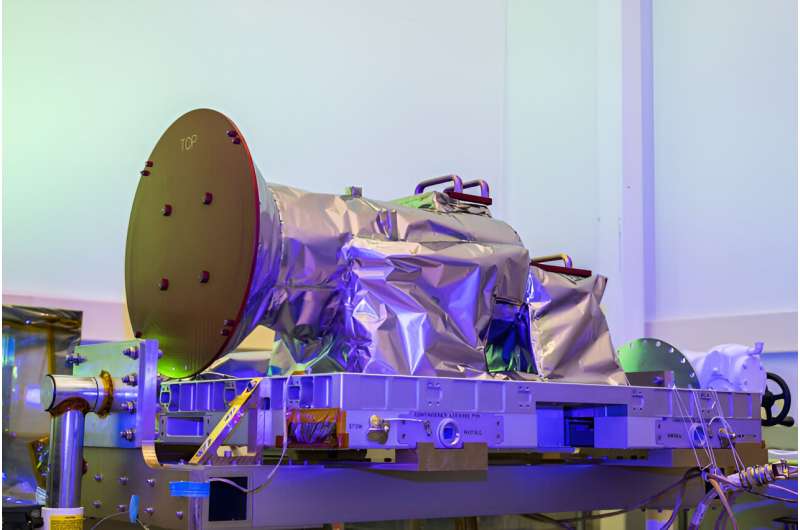
NASA's Atmospheric Waves Experiment (AWE) has successfully completed critical space environment tests. Planned for launch to the International Space Station in November 2023, AWE will study atmospheric gravity waves in Earth's atmosphere to help us better understand the connections between terrestrial weather and space.
"AWE is a highly sensitive, precise science instrument designed to be fitted on the International Space Station and operate in the harsh space environment," said Burt Lamborn, AWE project manager at Utah State University's Space Dynamics Laboratory (SDL), which is building the instrument for NASA. "To ensure that AWE will survive launch turbulence and operate as designed once in space, SDL put the instrument through its paces on the ground.
Webb finds carbon source on surface of Jupiter’s moon Europa
Thursday, 21 September 2023 17:00
Jupiter’s moon Europa is one of a handful of worlds in our Solar System that could potentially harbour conditions suitable for life. Previous research has shown that beneath its water-ice crust lies a salty ocean of liquid water with a rocky seafloor. However, planetary scientists had not confirmed whether or not that ocean contained the chemicals needed for life, particularly carbon.
Autonomous systems help NASA's Perseverance do more science on Mars
Thursday, 21 September 2023 15:31
A computer pilot helps NASA's six-wheeled geologist as it searches for rock samples that could be brought to Earth for deeper investigation.
In about a third of the time it would have taken other NASA Mars rovers, Perseverance recently navigated its way through a field of boulders more than 1,700 feet wide (about a half-kilometer).
The Artemis Accords: Changing the Narrative from Space Race to Space Cooperation
Thursday, 21 September 2023 13:25



